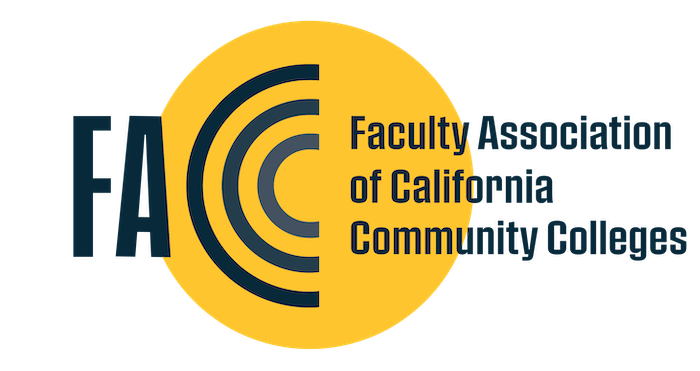So, you have mastered Zoom teaching, you are an expert at asynchronous classroom design, and you can adeptly handle yourself in a face-to-face classroom. Now, it’s time to flex those teaching muscles yet again, or to be more precise, hyflex them. Hyflex is the latest teaching disruption to come to the community college classroom; with many schools actively using it this fall as part of the normal schedule options for students and faculty.
First, what is a hyflex classroom?
A hyflex classroom refers to a versatile learning space that combines both face-to-face and remote teaching methods. It allows students to participate in a single-class session through various modes, including physical attendance, virtual participation, or by accessing recorded lectures. By utilizing technology tools like video conferencing and learning management systems, hyflex classrooms enable seamless interaction and engagement among students and instructors, regardless of their location. This approach prioritizes flexibility and accessibility, accommodating different learning preferences and circumstances. The idea behind adopting the hyflex model is that educational institutions can work towards establishing inclusive and flexible learning environments that encourage student engagement and cultivate a sense of community among both in-person and virtual learners.
